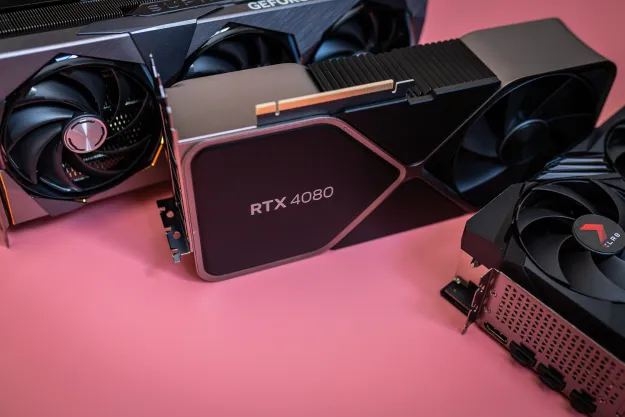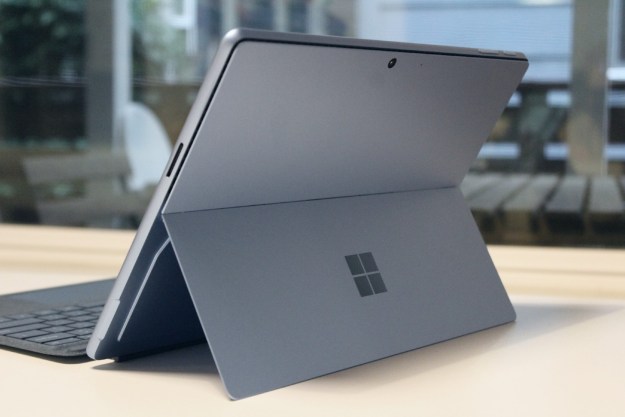
Microsoft has been collaborating with companies in the upstream supply chain to source components for the device, according to a report from Digitimes. The plan is apparently to develop an all-in-one PC that can act as an alternative to the second-generation Surface Book, which is expected to release in 2017.
The report claims that the new Surface Book has been delayed until next year from its planned 2016 launch, owing to the delayed receipt of Intel Kaby Lake processors. It’s not clear whether the Surface all-in-one is going to take its place on the release schedule, or will launch alongside the laptop next year.
Back in March, we heard reports that Microsoft was preparing to distribute the second major update to Windows 10 in spring 2017. It’s thought that the company will use future Windows 10 updates to lay the groundwork for new hardware, so this timeline would fit with new additions to the Surface line in 2017.
However, it’s not entirely clear why Microsoft would want to release an all-in-one PC. The Surface line carved out a niche by combining the user experience of a traditional PC with the convenience and expanded functionality of a portable device with a touchscreen, and has since expanded into new markets with devices like the Surface Hub. A touch-based all-in-one could serve to dilute the brand, which would be a step backwards for Microsoft.
For the time being, it’s best to take this rumor with a pinch of salt. That being said, the Surface brand has already been used very effectively to promote several different types of hardware, so it wouldn’t be too surprising to see Microsoft add a more conventional home computer to the range.
Editors' Recommendations
- Surface Pro 10: all the major changes rumored for the new model
- Microsoft Edge is slowly becoming the go-to browser for PC gamers
- Microsoft’s next event could reveal the Surface Pro we’ve been waiting for
- The Surface Pro 10 sounds amazing, and it may be coming soon
- OneDrive is ruining my PC gaming setup


